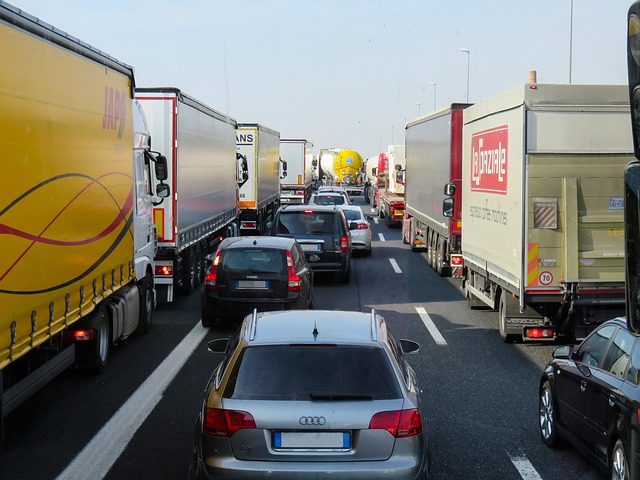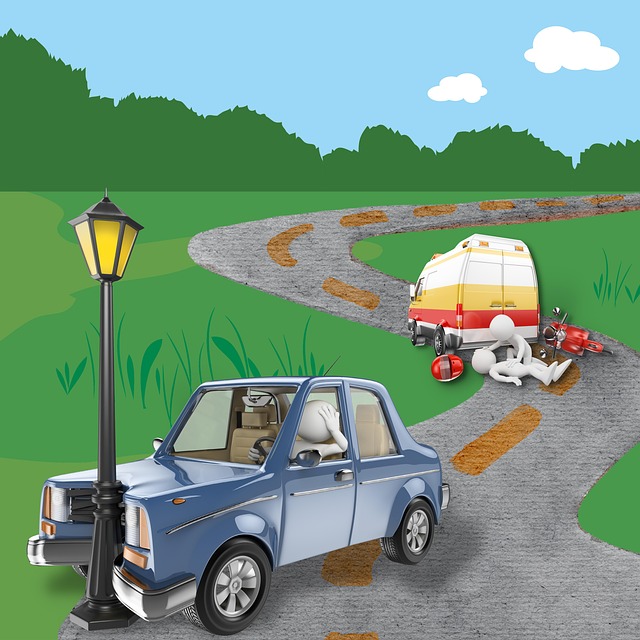What to Do After a Car Accident in Albany: Get Repairs Right

After a car accident in Albany:1. Prioritize safety and call emergency services if needed.2. Document visible injuries or mechanical failures with pho…….
In the dynamic city of Albany, New York, navigating post-accident procedures can be a complex task for individuals involved in car collisions. This article aims to serve as an authoritative guide, offering a comprehensive understanding of the steps one should take immediately after and following a car accident within Albany’s metropolitan area. By exploring various aspects, from initial response to legal considerations, this guide empowers drivers, passengers, and residents with knowledge, ensuring they are prepared to handle such unforeseen circumstances effectively.
“What to Do After a Car Accident in Albany” refers to the collective actions, protocols, and responsibilities that individuals and entities must adhere to following a motor vehicle collision within the city limits of Albany. This process encompasses multiple critical steps designed to ensure safety, mitigate liability, and facilitate efficient recovery for all parties involved. The core components include:
The concept of post-accident procedures has evolved over time, shaped by technological advancements, changes in legislation, and a growing emphasis on safety and accountability. In Albany, these protocols have been refined through years of experience, learning from both minor fender benders and high-impact crashes. The significance lies in their ability to:
The principles of what to do after a car accident share global similarities, but each country and region adapts them to fit its unique legal frameworks, cultural norms, and infrastructure. Key international influences include:
Regional variations in post-accident procedures reflect diverse factors:
| Region | Key Trends | Unique Considerations |
|---|---|---|
| North America | Strict liability laws, advanced emergency notification systems | Integration of telematics data for claims and safety initiatives |
| Europe | Comprehensive insurance coverage requirements, strict environmental impact regulations | Post-accident management tied to EU’s General Data Protection Regulation (GDPR) |
| Asia Pacific | High density of vehicles, innovative accident prevention technologies | Customized post-accident apps and digital reporting platforms |
| Middle East | Strict traffic laws, cultural sensitivities in dealing with injuries | Emphasis on immediate medical attention and traditional dispute resolution methods |
Car accidents have significant economic implications, influencing both the insurance industry and the broader economy:
Accident management practices can influence investment decisions:
Technological innovations play a pivotal role in transforming post-accident management:
The future holds immense potential for:
Post-accident procedures are heavily influenced by legal frameworks and policies:
Policies significantly shape:
Despite well-established protocols, several challenges persist:
Addressing these challenges requires:
In 2020, a multi-vehicle collision occurred during peak hour in downtown Albany, causing significant traffic disruptions. The city’s transportation authority implemented an innovative solution:
Solution: They deployed a mobile app that allowed accident witnesses and involved parties to report the incident, exchange information, and even upload photos or videos in real time. This digital approach streamlined reporting, improved response times for emergency services, and facilitated faster insurance claim processing. As a result, traffic congestion was minimized, and the city’s overall efficiency increased.
Outcome: The case demonstrated how technology could enhance traditional post-accident procedures, leading to better management of urban accidents and improved public satisfaction.
In a suburban area of Albany, a series of collisions at an intersection raised concerns about road safety and legal accountability:
Situation: Residents reported frequent accidents at the busy intersection, attributing them to inadequate signage and lighting. They organized a community meeting with local officials and law enforcement to address these issues.
Legal Outcome: After a thorough investigation, it was found that while some accidents were due to infrastructure deficiencies, human error played a significant role. The case led to increased awareness among drivers and the installation of improved traffic signals, reducing accident rates over time.
Community Impact: This collaborative approach not only improved road safety but also fostered a sense of community engagement in accident prevention, demonstrating the power of citizen action.
The future holds promising growth areas for post-accident management:
Keep an eye out for these emerging trends:
To stay ahead of the curve, stakeholders should:
Navigating post-accident procedures in Albany is a complex yet critical process, requiring individuals and entities to stay informed and prepared. This article has provided an in-depth exploration of what to do after a car accident in the city, covering historical context, global influences, economic implications, technological advancements, policies, challenges, and future prospects. By understanding these aspects, residents, drivers, and businesses can contribute to efficient, safe, and responsible accident management.
Q: What should I do immediately after a car accident in Albany?
A: Stop at the scene, ensure everyone’s safety, provide first aid if needed, exchange contact details with other parties involved, and notify the authorities if there are injuries or significant damage.
Q: Do I need to call the police for every minor accident?
A: While it’s not mandatory for all minor fender benders, reporting them to local law enforcement is recommended for insurance purposes and to create a formal record of the incident.
Q: Can I refuse to exchange insurance information with another driver?
A: No, exchanging contact and insurance details is legally required after an accident. Refusing may lead to legal complications and delays in processing claims.
Q: How do I know if my accident requires a police report?
A: If there are injuries, significant property damage, or disputes over liability, contacting the police is essential for documenting the incident and facilitating insurance claims.
Q: What technologies can help prevent post-accident issues like data fraud?
A: Blockchain technology offers secure record-keeping, ensuring data integrity during accident reporting and insurance claim processing. Encryption and secure digital platforms also protect sensitive information.

After a car accident in Albany:1. Prioritize safety and call emergency services if needed.2. Document visible injuries or mechanical failures with pho…….

Immediate actions after a car accident in Albany are crucial for fair compensation. Contact emergency services, take photos, gather witness statements…….

After a car accident in Albany, prioritize safety and immediately assess injuries. Contact emergency services for severe cases. Understand insurance c…….

After a car accident in Albany, prioritize safety and calmness. Document damage with photos, exchange crucial info, contact your insurance company, an…….

After a car accident in Albany, prioritize safety and well-being by documenting damage, seeking immediate medical attention, and calling emergency ser…….

After a car accident in Albany, prioritize safety and immediate actions: turn off engines, check for injuries, call emergency services, exchange conta…….

After a car accident in Albany, prioritize safety and immediate medical attention for all injuries. Document incident with photos, contact O'Conn…….

After a car accident in Albany, prioritize self-care by acknowledging and processing emotions, seeking support from loved ones or professionals, stayi…….

After a car accident in Albany, prioritize safety and follow these steps: assess vehicle damage, contact insurance providers for guidance, obtain repa…….

After a car accident in Albany, prioritize safety and document key details: exchange contact info with drivers, take photos of damage, file a police r…….